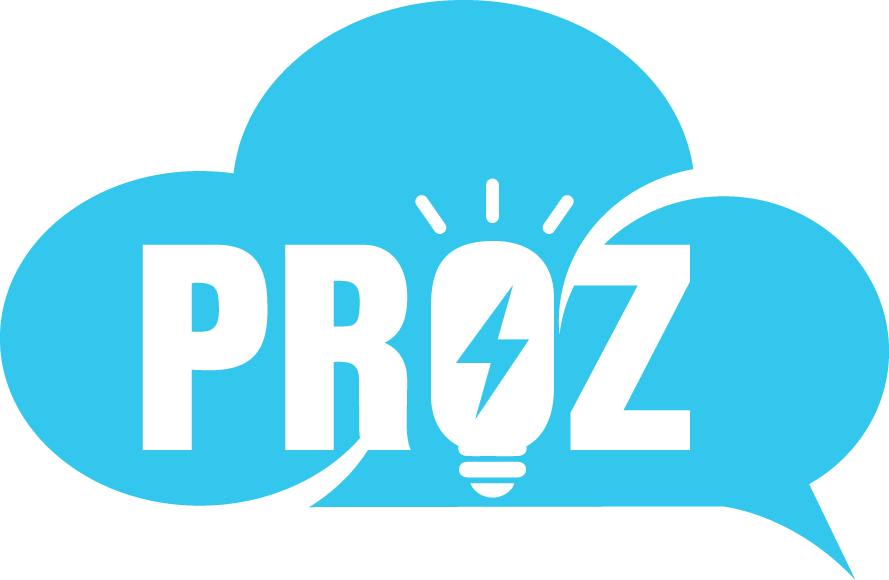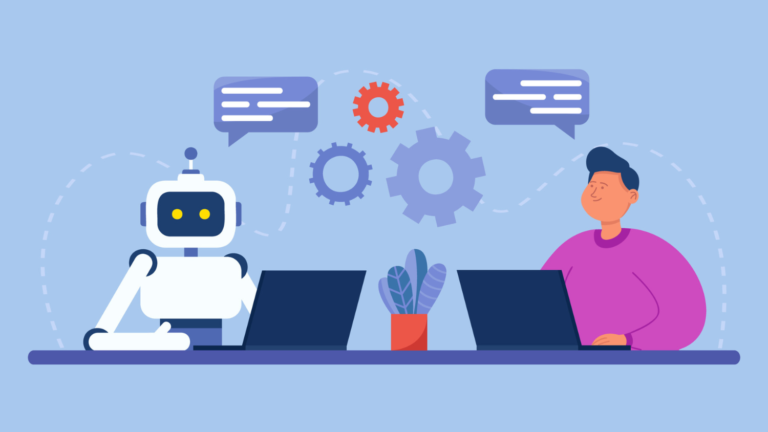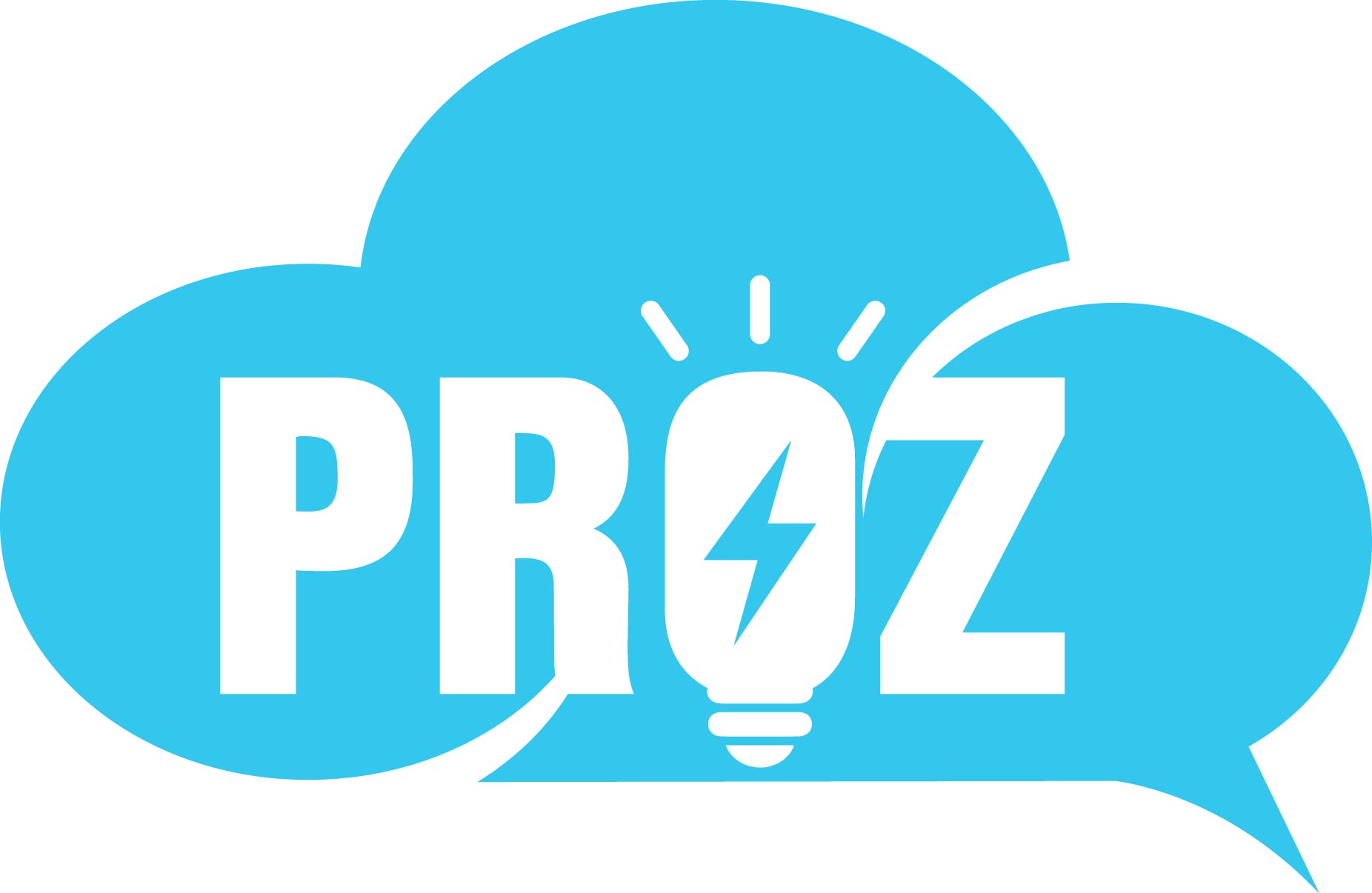The goalposts in customer service are always shifting. As technology advances, what was “great” yesterday is simply “good” today. To stay ahead, your service strategy must evolve — and that’s where agentic AI, specifically Agentforce, can reduce time to value and increase self-service outcomes.
Unlike traditional chatbots, which never realized their potential due to their complexity to maintain, emerging service AI agents are exponentially easier to implement and maintain. They’re also able to action and resolve issues in real time. The key to these agentic experiences is actionability — the agent’s ability to reason and resolve issues. In this blog, I’ll cover four essential steps to unlock the full potential of AI agents and transform both your customer and service rep experiences.
How to prepare your service team for digital labor
Read this practical guide to learn the best actions to take before launching Agentforce.

Step 1: Identify your organization’s service strategy
With so many new ways to use AI agents, where do you start? You could do many things, but what should you do? The first step is knowing which capabilities align best with your business’s needs. Before you can define an AI strategy, you need to understand your organization’s service strategy.
Service strategies fall into one of three models and are primarily dependent on the complexity of your organization’s cases, and the potential blending of sales and commerce. Identifying where your organization fits helps pinpoint where AI can help the most.
- Action-based: Your service organization handles high-volume, repetitive tasks that require quick resolution. In this case, automation is essential to keeping operations efficient.
In action-based service organizations, a high deflection rate might be the goal. Autonomous service agents can reschedule appointments or update/cancel orders by pulling relevant customer data and reasoning based on your knowledge base articles and FAQs. Integration with back-end ERP systems is often a key enabler of resolving issues.
- Order-based: These organizations blend sales and service, making them inseparable. Most of your business’s customer service interactions represent potential “value”, as defined by increasing brand love, retention, and revenue (for instance, Southwest Airlines). Balancing efficiency with customer satisfaction is crucial, as each conversation offers upsell and cross-sell potential.
In order-based organizations, AI can assist and augment the human experience by providing recommendations and offers. It can also help ensure organizational policies are executed accurately and consistently.
- Knowledge-centered: Your business manages complex, long-resolution cases that require deep expertise to help resolve cases — think of service interactions on the Salesforce Help site.
In knowledge-centered organizations (KCS), AI agents can support the most complex queries by accessing both structured and unstructured data. They can answer technical questions and escalate cases to human reps when necessary, all while operating within the guardrails your business has set. AI can also summarize those multi-interaction cases, generate replies, draft new knowledge articles, and recommend next steps.

Step 2: Start defining a channel strategy for AI agents
Knowing your company’s service strategy gives you insight into the most impactful channel to set up an AI agent. Each type of customer inquiry has its ideal channel, and getting this right is essential for effective AI-powered service. Simple tasks, like updating an address, are well suited for no-touch processes, while interactions that add value, like cancellations or product inquiries, might need a high-touch approach.

To craft your channel strategy, bring your team together to review each contact driver and determine which channels serve each best. This approach helps customer representatives focus on high-value interactions, while Agentforce handles the rest.
Unlock the power of self-service
Are you providing your customers with an easy, efficient, and effective self-service experience? Take this quick online assessment to find out what you’re doing well — and what you need to improve.



Step 3: Map out a maturity journey for your AI agents
Where are you on your AI journey? Knowing what your AI agents can do today — and how they can evolve to do more — is essential for long-term success. A maturity plan helps you guide your Agentforce deployment from “good” to “great” and beyond.
The journey consists of three levels, each with an increasing percentage of containment. We refer tothese levels as “The 3 A’s.”
- Level 1 – Answer Questions: These customer service experiences rely on knowledge base articles or unstructured documentation to reply with responses like, “Click here to check your order status,” rather than fully resolving the problem for the customer. They’re limited by a lack of authentication, integration, and guardrails that can help execute autonomous actions. It’s a great starting point, but should not be considered the North Star.
- Level 2 – Access transactional data: At this level, AI agents get serious. They can access real-time transactional data, which allows them to provide personalized responses like “Your order has shipped. Here’s the tracking number.”
- Level 3 – Actionability: At the highest level, fully autonomous AI agents go beyond responding to actively resolving issues. They process refunds, reschedule deliveries, and handle complex requests on their own. Trust, guardrails, and integration play key roles in reaching level 3. This is where Agentforce differentiates itself, and you’ll experience the highest rates of self-service.
Knowing where you are on this journey — and what it takes to reach the next level — is key to unlocking the full potential of humans seamlessly working with AI agents in customer service.
💡 Key tip
Start with a level 1 experience to reduce time to value and gain experience with an emerging technology while you’re building the components for levels 2 and 3.
Step 4: Plan a data strategy
Moving from a conversational experience to fully autonomous AI agents requires a solid data foundation. Clean, accessible data is essential for unlocking levels 2 and 3, where AI agents start delivering unique value to customers, employees, and the business.
- Level 2 requires real-time access to transactional data. Data Cloud brings all structured and unstructured data together, giving AI agents a 360-degree view of the customer, so they can move from simple responses to solving issues.
- Level 3 demands integration across all systems and processes, which is where MuleSoft comes in. It connects every system and workflow so agents can take action across the enterprise. With AI agents solving inquiries and performing work on behalf of customers and employees, you’ll see real drops in contact center volume.
Take your customer service from good to great
With human employees working alongside AI agents, customer service reaches new heights. But before you dive in, make sure your AI strategy aligns with your business goals, map out a channel strategy and maturity journey, and prepare your data to support AI agents.
With the right strategy and data foundation in place, you can elevate your service from good to great — reducing cost, improving productivity, and increasing value.
Meet Agentforce for Service
Watch Agentforce for Service resolve cases on its own, deliver trusted answers, engage with customers across channels and seamlessly hand off to human service reps.













